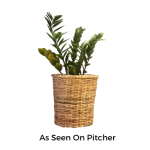
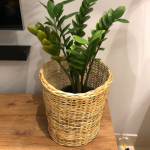
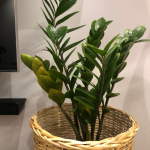
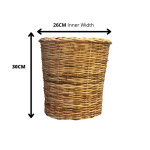
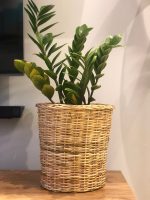

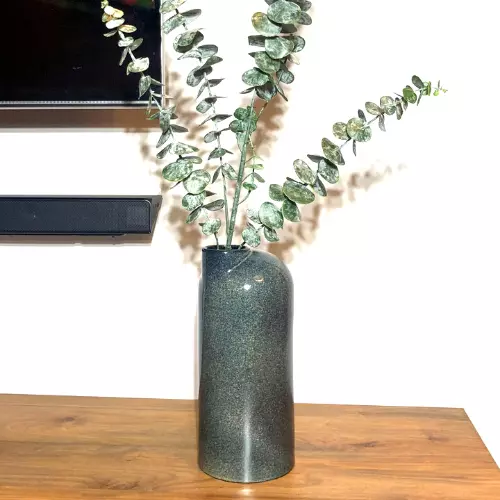
Rattan Plant Pot With ZZ Plant PWP07A
5,950.00 LKR Original price was: 5,950.00 LKR.4,760.00 LKRCurrent price is: 4,760.00 LKR.
Pot Details (same plant & pot as on the pitcher)
- Type: Rattan Plant Pot Holder
- Material: Base – Rattan
- Colour: Natural
- Number of Items Included: Plant with Rattan pot Holder
- Outdoor Use: No
- Care Instructions: Wipe with dry cloth
- Assembly Required: No
- Model number – PWP007A
- Size – W – 26CM / L – 30cm
Product Details
- Latin Name – Zamioculcas zamiifolia
- Common Name – Black ZZ Plant
- Height – 20cm – 45cm (This plant size is between mention size)
- Note –Plant may not look like on the picture but will make sure you will have good quality plant. ( You can request for your ordered plant pitcher before deliver)
- What Include – Plant with 6/8 Stems & Soil with Plastic in Rattan Pot Holder
- Delivery –Plant only Deliver on within Colombo & Suburb (we don’t deliver the plant by courier, we will deliver i n person with our delivery team)
- Characteristics –The Zamioculcas , more commonly known as the ZZ Plant, is a indoor plant that beginners will be able to take care of with no trouble at all. The dark green leaves have a strong tinge of black to them, which usually means that a plant will be harder to care for, but not with the Raven. The upright foliage will show up very well when potted, with its distinct colour standing out from the rest due to its stark palette.
- Plant Advice –Except for complete darkness and full sun, Raven will appreciate almost any light conditions – its not a fussy plant. You should let the plant dry out between waterings, perhaps only carrying the process out once or twice a month – again, it won’t mind if you forget to do so.
ZZ Plant with rattan plant pot
ZZ plants, also known as Zanzibar gems, are low-maintenance houseplants characterized by their shiny, wide, oval-shaped leaves that shoot upward. The spotless leaves are waxy and so deep green that sometimes these plants are mistaken as artificial. They are slow-growing plants, so you won’t need to repot often, but if you do plant or repot a zz, do so in the spring or summer when it’s in an active growth phase. The plants are mildly toxic to humans and animals. this includes a rattan plant pot
ZZ Plant Care
ZZ plants are known for being a low-maintenance, easy-to-care-for houseplants that even gardeners with the blackest of thumbs can keep alive with minimum care. All they need to thrive is adequate light and a good watering every couple of weeks. However, don’t worry too much about forgetting to water your zz plant—these plants grow from rhizomes, which help them to store water under the soil, making them a drought-tolerant plant. Though it thrives outdoors in Africa, it’s best grown indoors elsewhere. If you want to grow it outside, plant it in a container that can be brought indoors when the temperatures cool.
ZZ plants have naturally shiny leaves that can begin to look dull over time as dust accumulates. Never clean the leaves of a Zanzibar gem with a commercial leaf shine as it will clog the pores of the plant. Instead, gently wipe away dust and debris with a damp washcloth to restore its shine.
Light
ZZ plants are tolerant of a wide range of lighting conditions, which makes them well-suited to indoor growing. The plants grow well in low light conditions but prefer bright, indirect light. The plants can quickly become leggy when not given enough light, however. Avoid direct sunlight, as this can scorch the leaves of a your plants.
Soil
ZZ plants are not overly picky about their potting medium as long as it is well-draining. Most standard potting mixes should be sufficient for your plant. If additional drainage is required, mixing in perlite or sand will help.
Water
Thanks to their thick rhizomes, these plants are extremely drought-tolerant and can handle infrequent watering. ZZ plants should generally be watered once the soil dries out completely—usually once every two weeks, depending on their growing conditions. It’s better to water your plant less than giving it too much water. When watering, give it enough so that the moisture runs out of the bottom of the pot and throw out the excess water.
Temperature and Humidity
Average household temperatures and humidity are fine for Zanzibar gems. ZZ plants do not tolerate cold temperatures well (no lower than 45 degrees Fahrenheit), so avoid placing your plant in a location close to drafts or particularly cold areas of your home. ZZ plants don’t require humid conditions, but if your home runs on the dry side, consider increasing the humidity around your plant by purchasing a humidifier or placing it on top of a water tray.
Fertilizer
ZZ plants generally do not require regular fertilizing to thrive. However, if you’re hoping to increase your plant’s size or vigor, fertilize your plant with indoor plant fertilizer diluted to half-strength one to two times during its active growing season
| Weight | 3 kg |
|---|---|
| Dimensions | 40 × 30 × 40 cm |


MAECENAS IACULIS
Vestibulum curae torquent diam diam commodo parturient penatibus nunc dui adipiscing convallis bulum parturient suspendisse parturient a.Parturient in parturient scelerisque nibh lectus quam a natoque adipiscing a vestibulum hendrerit et pharetra fames nunc natoque dui.
ADIPISCING CONVALLIS BULUM
- Vestibulum penatibus nunc dui adipiscing convallis bulum parturient suspendisse.
- Abitur parturient praesent lectus quam a natoque adipiscing a vestibulum hendre.
- Diam parturient dictumst parturient scelerisque nibh lectus.
Scelerisque adipiscing bibendum sem vestibulum et in a a a purus lectus faucibus lobortis tincidunt purus lectus nisl class eros.Condimentum a et ullamcorper dictumst mus et tristique elementum nam inceptos hac parturient scelerisque vestibulum amet elit ut volutpat.


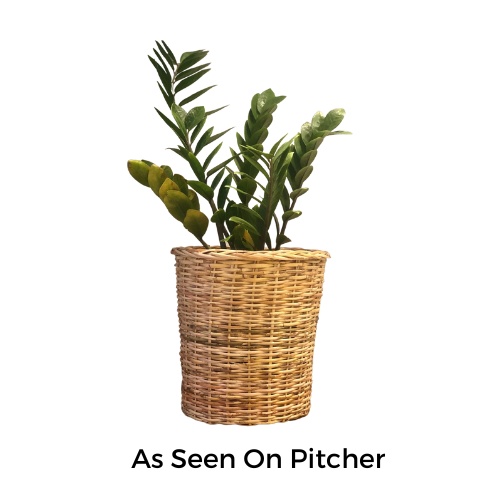


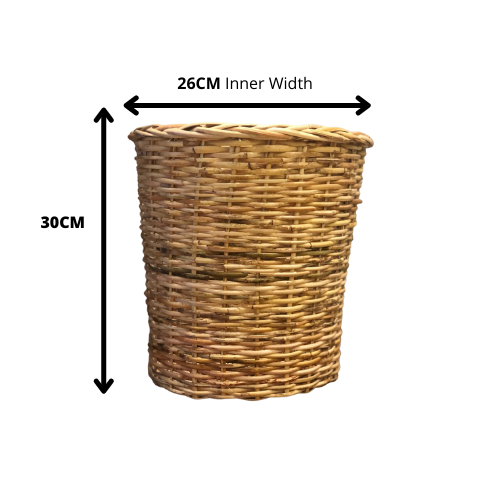
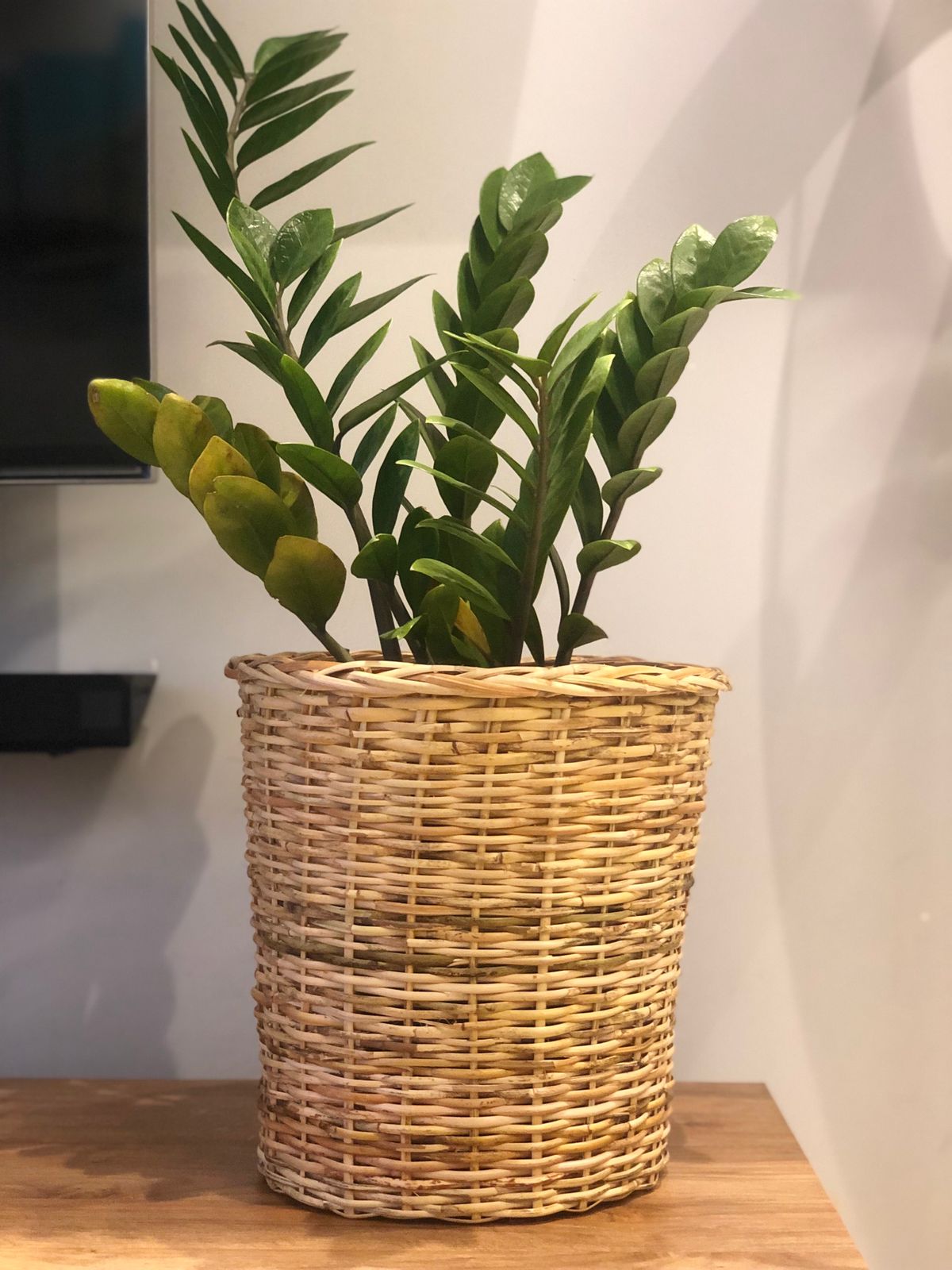
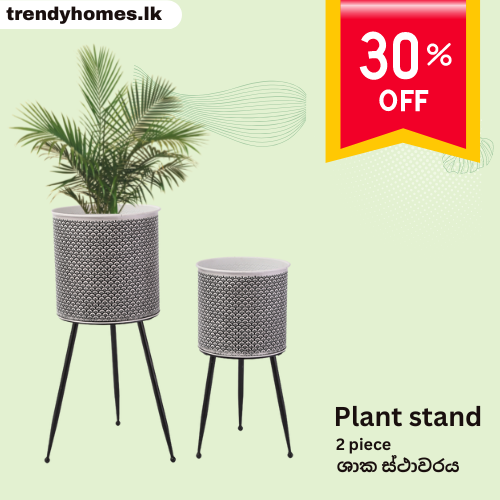
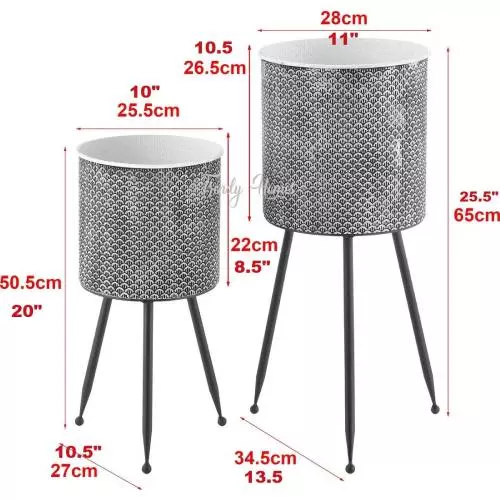
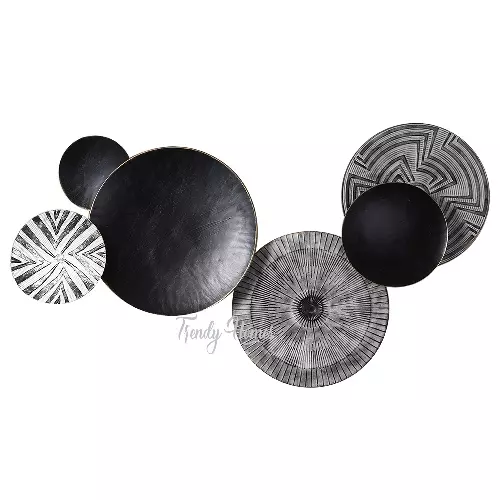

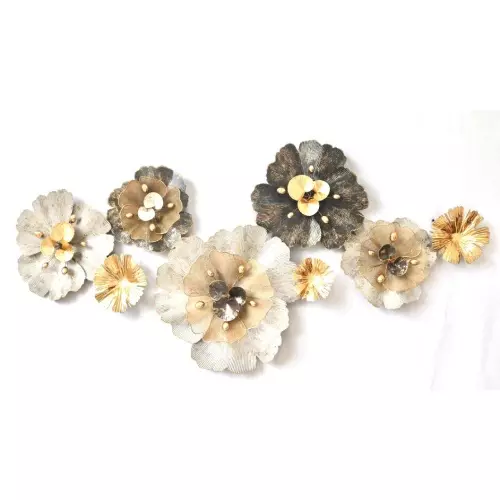


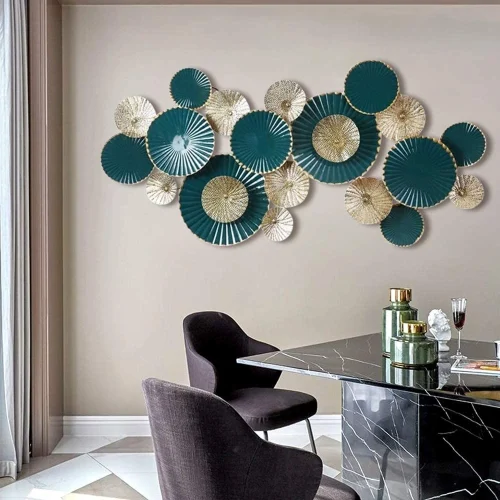
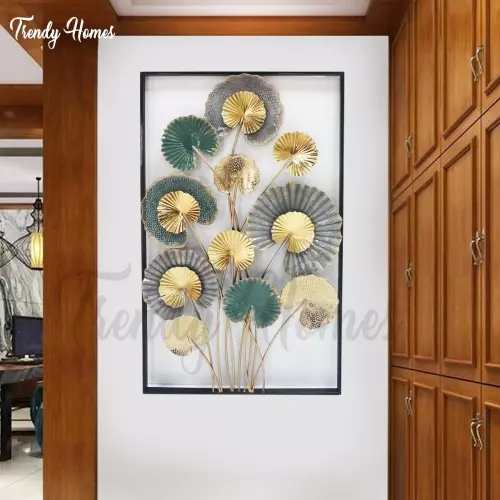
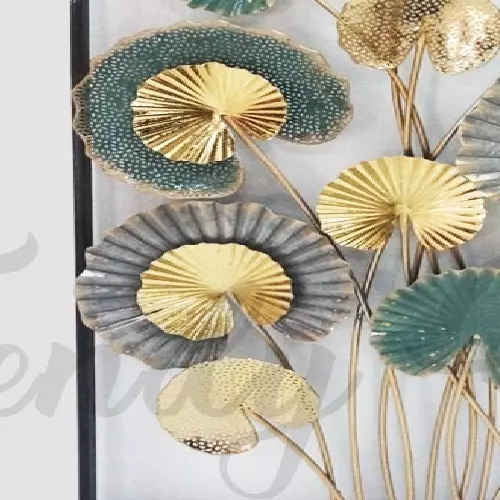

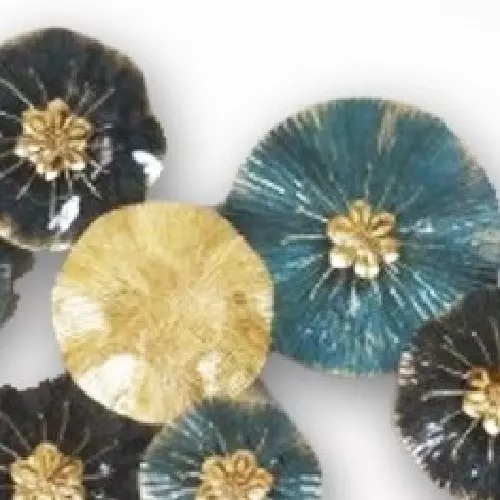
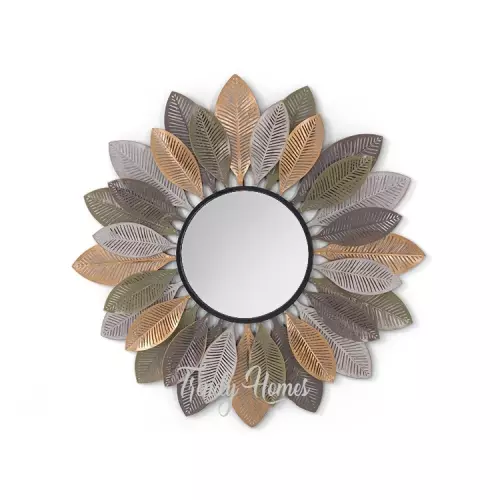
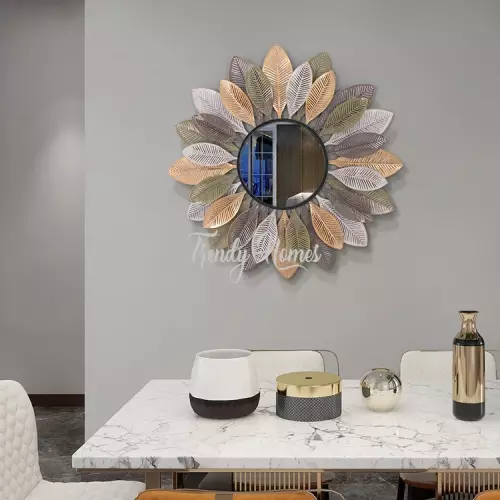
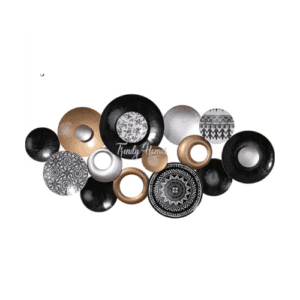

Reviews
There are no reviews yet.